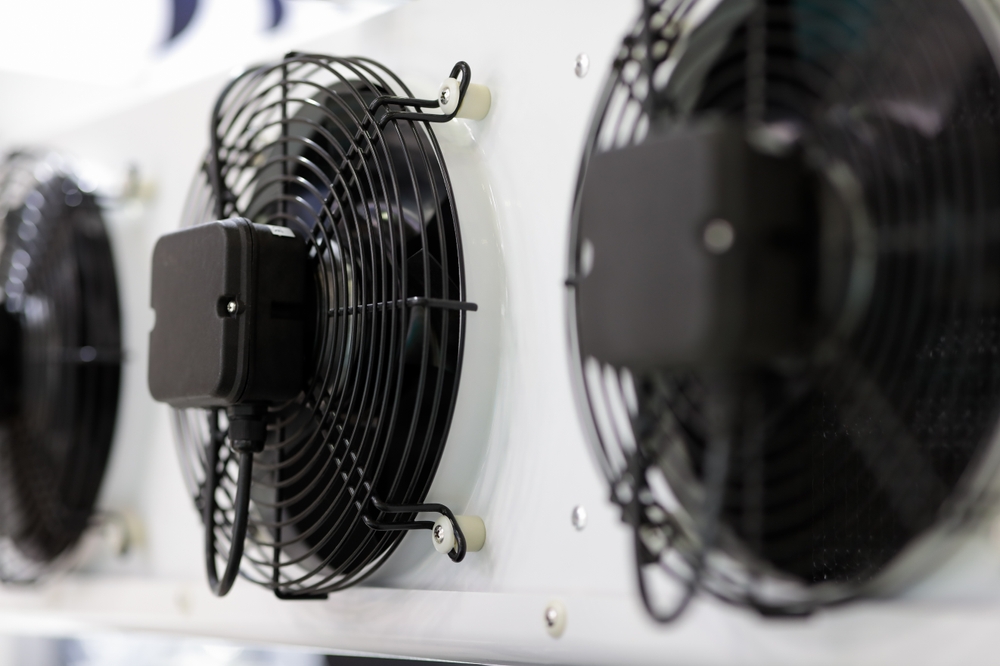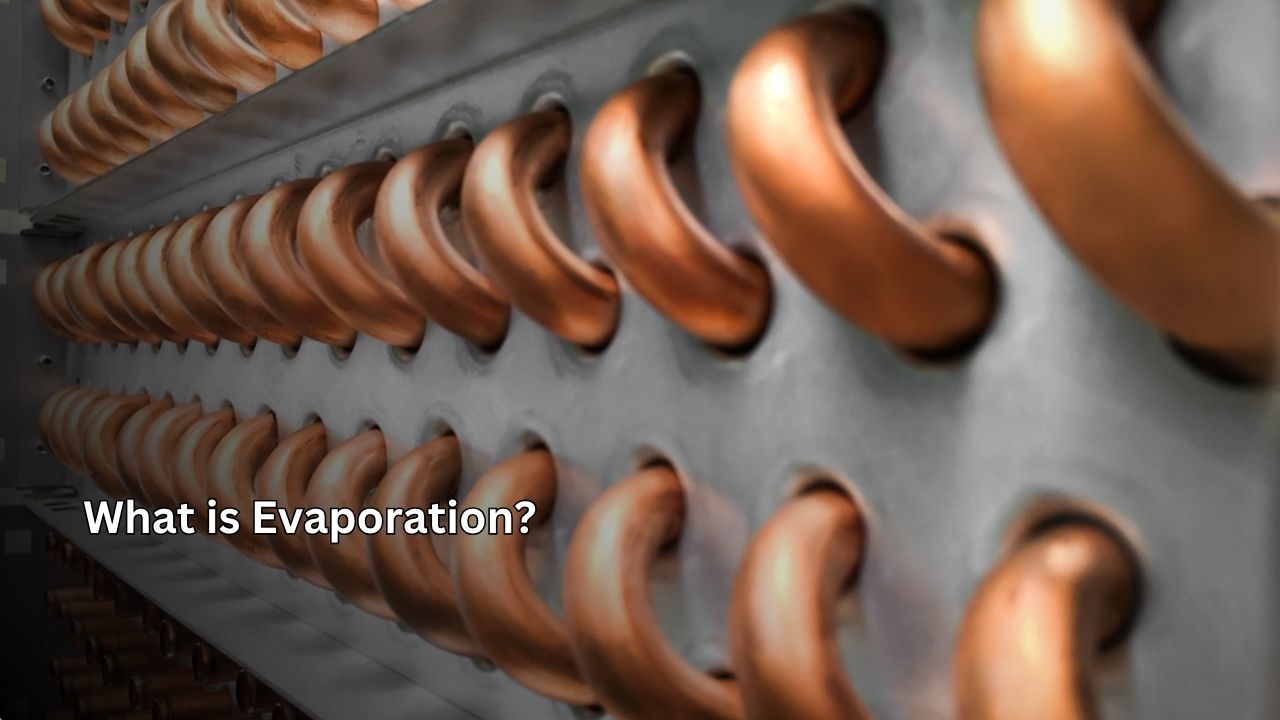
Resistance Life Enchance: Operation Maintenance and Savings Tips


Evaporation is the process by which a liquid transforms into a gas and plays a significant role in both natural and industrial applications. This process is observed in everything from the water cycle to food processing. So, how does evaporation occur?
Evaporation happens when liquid molecules at the surface gain enough energy to transition into the gas phase. This energy is typically provided as heat energy. For example, sunlight heats water molecules on the surface of a pond, causing them to mix into the air as vapor. The speed of this process depends on factors such as temperature, surface area, and airflow.
In industry, evaporation systems are used in a controlled manner. In the food sector, evaporation is applied to concentrate liquids like milk or fruit juice. This process is supported by vacuum technologies that create low-pressure environments to lower the boiling point of the liquid, thereby saving energy.
Humidity and airflow also affect the rate of evaporation. High humidity slows the transition of liquid to gas, while dry air and wind accelerate it. In industrial systems, these factors are controlled using specially designed equipment.
Another important aspect of evaporation is energy efficiency. Modern evaporation systems reduce energy consumption through technologies like heat recovery and multi-stage evaporators. This provides a critical advantage in reducing costs, especially in high-volume production facilities.
Evaporation, the process of a liquid turning into a gas, plays a vital role in both natural and industrial contexts. This process is highly significant in areas such as the environment, energy, and production.
In nature, evaporation is essential for the water cycle. Water evaporating from oceans, lakes, and rivers forms clouds in the atmosphere, initiating the precipitation cycle. This is fundamental for agriculture and ecosystem sustainability.
In industry, evaporation systems are used for concentrating and purifying products. In the food sector, evaporation reduces the water content of liquids like milk or fruit juice, extending shelf life and lowering transportation costs.
Energy efficiency is another critical aspect of evaporation. Modern evaporators use heat recovery and low-pressure systems to reduce energy consumption. For example, multi-stage evaporators provide energy savings in food or chemical production.
Additionally, evaporation is an important method in waste management. In chemical or wastewater treatment plants, evaporating water from liquid waste reduces its volume and enables the recovery of valuable materials.
Evaporation, the process of a liquid transitioning to a gas, plays a significant role in both nature and industry. The speed and efficiency of this process depend on various factors. Here are the key elements affecting evaporation.
First, temperature is the primary driver of evaporation. Higher temperatures provide more energy to liquid molecules, accelerating their transition to the gas phase. For example, puddles evaporate faster on a hot summer day. In industrial systems, heaters are used to optimize this process.
Airflow is also a significant factor. Wind or fans remove vapor from the liquid’s surface, facilitating the transition of new molecules to the gas phase. In food or chemical production, air circulation systems are designed to increase evaporation rates.
Humidity levels directly affect evaporation speed. In high-humidity environments, the air already contains significant vapor, slowing the process. Dry air, however, accelerates evaporation. Therefore, humidity control is critical in industrial evaporators.
Surface area determines evaporation efficiency. A larger surface area allows more molecules to transition to the gas phase simultaneously. For this reason, industrial applications often use evaporators with large surface areas to spread the liquid.

Evaporation and vaporization are terms often confused with each other. While both describe the transition of a liquid to a gas, they differ in context and technical meaning. Understanding these differences is particularly important in industrial processes.
Evaporation is a natural process where molecules at a liquid’s surface transition to the gas phase. It typically occurs at low temperatures, such as a puddle evaporating under sunlight, and depends on environmental factors like temperature, humidity, and airflow.
On the other hand, vaporization is a broader term that also encompasses the transition of a liquid to a gas at its boiling point. Vaporization can be accelerated by high temperatures or heating systems. For example, water boiling in a kettle is vaporization, a faster process than evaporation.
In industrial contexts, evaporation systems are used in a controlled manner to concentrate liquids. In food or pharmaceutical production, low-pressure evaporators are preferred to reduce liquid content, saving energy and preserving product quality.
Vaporization, however, is more common in energy production or chemical processes. For instance, steam turbines in power plants operate by vaporizing water at high temperatures. This process requires more energy compared to evaporation.
Evaporation, the process of transforming liquids into gases, is used in a wide variety of industrial applications. This process plays a critical role in enhancing product quality, reducing costs, and optimizing efficiency.
In the food industry, evaporation systems are widely used to concentrate liquid products. For example, the water content in products like milk or fruit juice is reduced through evaporation, decreasing product volume and extending shelf life. This lowers transportation costs and improves product longevity.
In the pharmaceutical industry, evaporation technology is used to purify active ingredients. Sensitive chemical compounds are processed with low-pressure evaporators to remove unwanted solvents, making it an essential method for producing high-purity pharmaceuticals.
In chemical production, evaporation processes are used to reduce wastewater and recover valuable materials. For instance, during salt or mineral production, water is evaporated from solutions, leaving behind solid materials. This process is also important for environmentally friendly production.
In the energy sector, heat recovery is combined with evaporation to increase efficiency. Multi-stage evaporators reuse heat to vaporize liquids, reducing energy consumption. This provides significant cost savings, especially in high-volume production facilities.
Evaporation, the process of a liquid transitioning to a gas, plays a significant role in both natural and industrial environments. However, the speed and efficiency of this process depend on several factors. Here are the critical elements affecting evaporation.
First, temperature is the most important factor in evaporation. Higher temperatures provide more energy to liquid molecules, accelerating their transition to the gas phase. For example, puddles evaporate faster on a hot day. In industrial systems, heaters are used to optimize this process.
Airflow also directly affects evaporation. Air movement removes vapor from the liquid’s surface, facilitating the transition of new molecules to the gas phase. In industrial evaporators, fans or air circulation systems are designed to enhance this effect.
Humidity levels are another factor determining evaporation speed. In high-humidity environments, the air already contains significant vapor, slowing evaporation. Dry air accelerates the process. Therefore, humidity control is critical in food or pharmaceutical production.
Surface area has a significant impact on evaporation. A larger surface area allows more molecules to transition to the gas phase simultaneously. For this reason, industrial applications often use evaporators with large surface areas to spread the liquid.

Fill out the form to discover the most suitable high-end products for your projects. Contact Us Now.